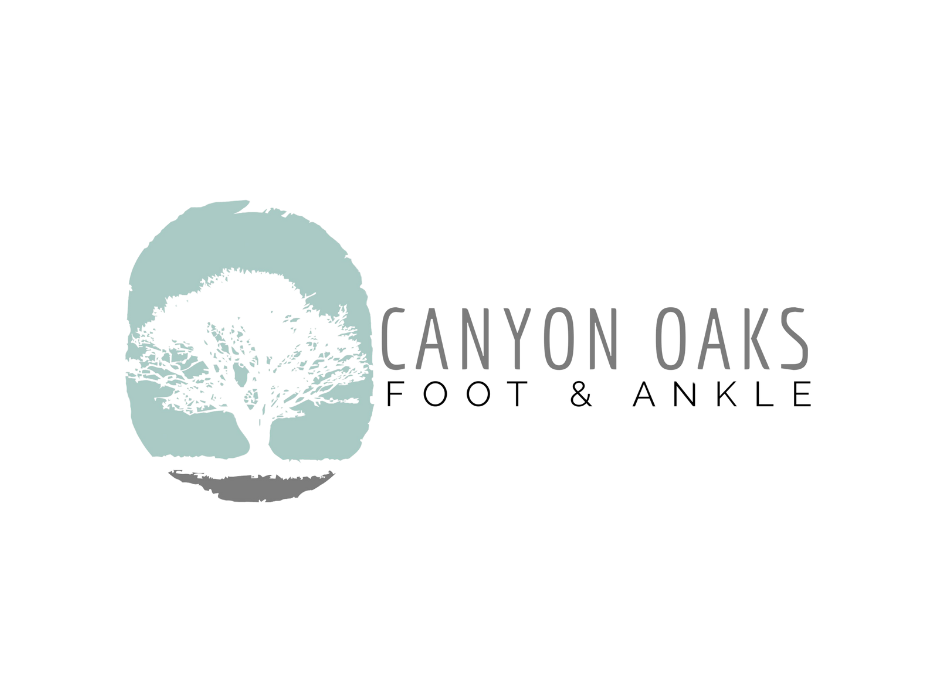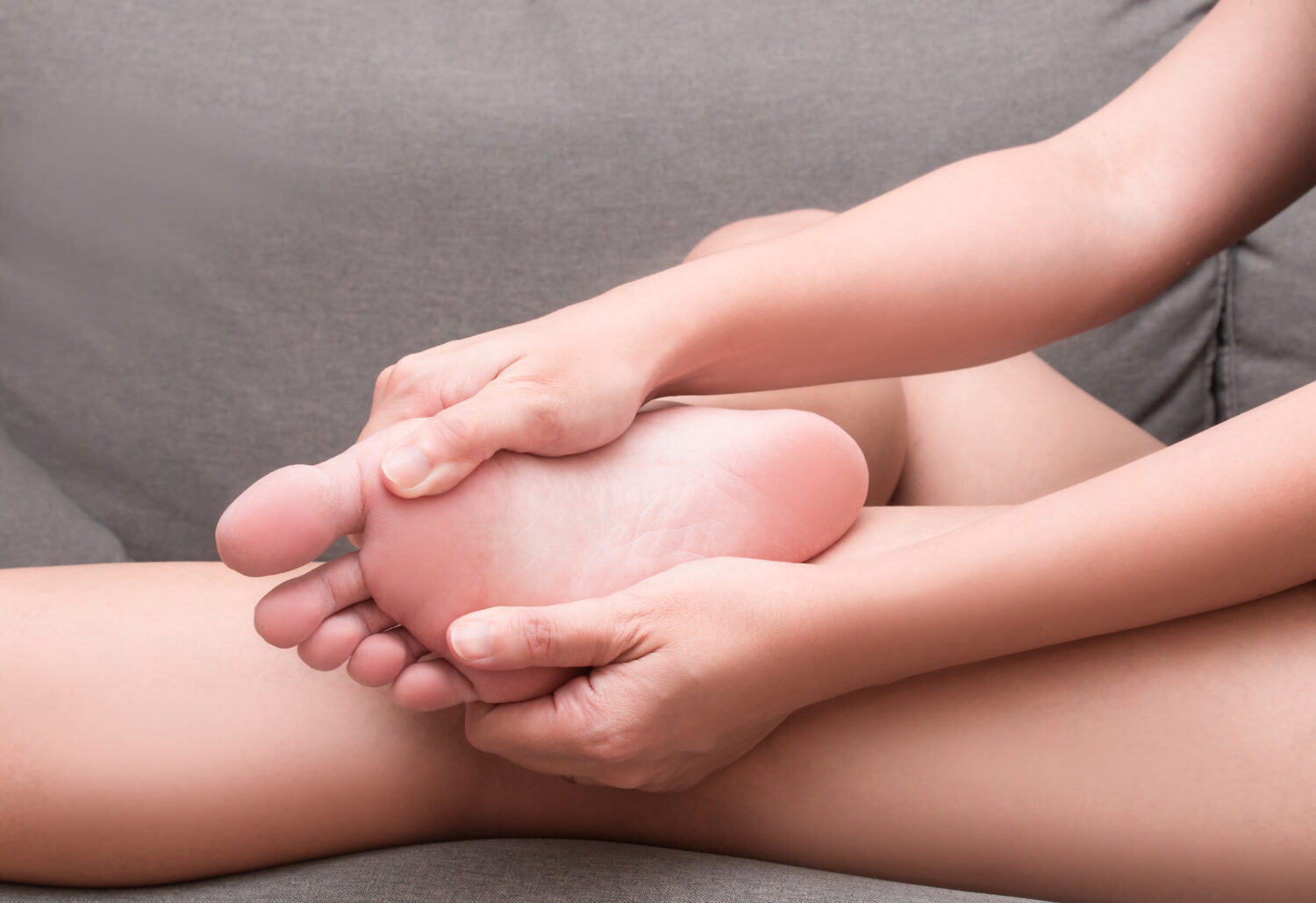The sesamoids are one of the many bones in the foot performing a vital task. These tiny bones are smaller than a cheerio, yet they are essential to keep the foot operating smoothly, especially for dynamic activities such as sports.
However, the sesamoids can suffer from a range of injuries, including a condition known as sesamoiditis.
What is Sesamoiditis?
Sesamoiditis is when your sesamoid bones and surrounding tissue under the big toe become inflamed. Sesamoids are different from other bones in the body in that they are connected to muscles by tendons.
“The sesamoids are two pea-shaped bones located in the ball of the foot, beneath the big toe joint. Acting as a pulley for tendons, the sesamoids help the big toe move normally and provide leverage when the big toe pushes off during walking and running,” explains the American College of Foot and Ankle Surgeons (ACFAS).
These foot bones may be small, but they have a weighty job, and they can sustain injury when overworked.
What are the Symptoms of Sesamoiditis?
When the sesamoids have been pressured through excessive use, the bones and supporting tendons can become chronically inflamed.
As opposed to a foot fracture, which often results in immediate pain and usually swelling and potential bruising, pain associated with sesamoiditis can come on more gradually and is duller in intensity. However, sesamoiditis swelling may still occur. This pain is can often be somewhat relieved through resting the foot, but will likely return upon resuming activity.
Types of Sesamoid Injuries
A number of sesamoid-related foot injuries can occur, including:
- Sesamoiditis: Sesamoiditis “is a form of tendinitis,” says the American Academy of Orthopaedic Surgeons, adding that “It is common among ballet dancers, runners and baseball catchers.”
- Turf Toe: This is a sprain that occurs when the big toe is hyperextended, often occurring when runners are pushing off the ground to begin sprinting. Beyond baseball and football, turf toe has also been associated with players of many sports.
- Fracture: Though small, sesamoid bones can be broken, whether from direct impact or from repeated stress. “This problem is more common in people who play high-impact sports, such as running, aerobics, ballet, or gymnastics,” says Winchester Hospital.
Treatment for Sesamoid Foot Injuries
Sesamoid foot treatments vary depending on the nature of the injury. However, most treatment strategies will require a level of self-discipline to refrain from activities that put weight on the foot for a number of weeks, which may be a special challenge for athletes. A sesamoid fracture, for example, can take up to several months to heal.
Non-surgical sesamoid foot treatments include:
- Resting from activity. – Refrain from resuming the weight-bearing activities that caused the injury.
- Relieving pain. – Medication such as ibuprofen may be taken to reduce pain and swelling. Ask your podiatrist for a recommendation on oral medication.
- Icing your foot. – Use cold packs to ice the foot in twenty-minute intervals multiple times a day. Don’t forget to wrap the ice pack in a towel to prevent injury to the skin.
- Elevating the foot. – Rest with your foot elevated above your heart to get swelling under control.
- Padding the affected area. – Avoid walking, but if you do put on a shoe, use padding inside your shoe to relieve pressure on the sesamoids. Custom-fit orthotics can also be used.
- Casting and using crutches. – In some cases, a cast may be needed to keep the bones in place, along with crutches to keep you mobile but avoid placing weight on your foot.
- Taping and compressing the area. – Taping the big toe into a position that takes stress off the sesamoids can help relieve pain. An elastic compression bandage can also reduce swelling.
- Returning to activity gradually. – If you’ve sustained a sesamoid injury, avoid quickly returning to the activity that caused it or another physical exercise. Consider taking professional physical therapy to slowly work back up to increased activity in order to avoid further or future injury.
Since sesamoid foot injuries vary in type and severity, it is important to consult your foot care specialist to map out a suitable care strategy. In the case of a fracture, surgical intervention may be necessary.
Contact Canyon Oaks to Get Help Now
If you’ve been experiencing discomfort from sesamoiditis swelling, it may be time to seek help. Contact our Canyon Oaks office by filling out the form below, and we will be in touch with you within one business day.

